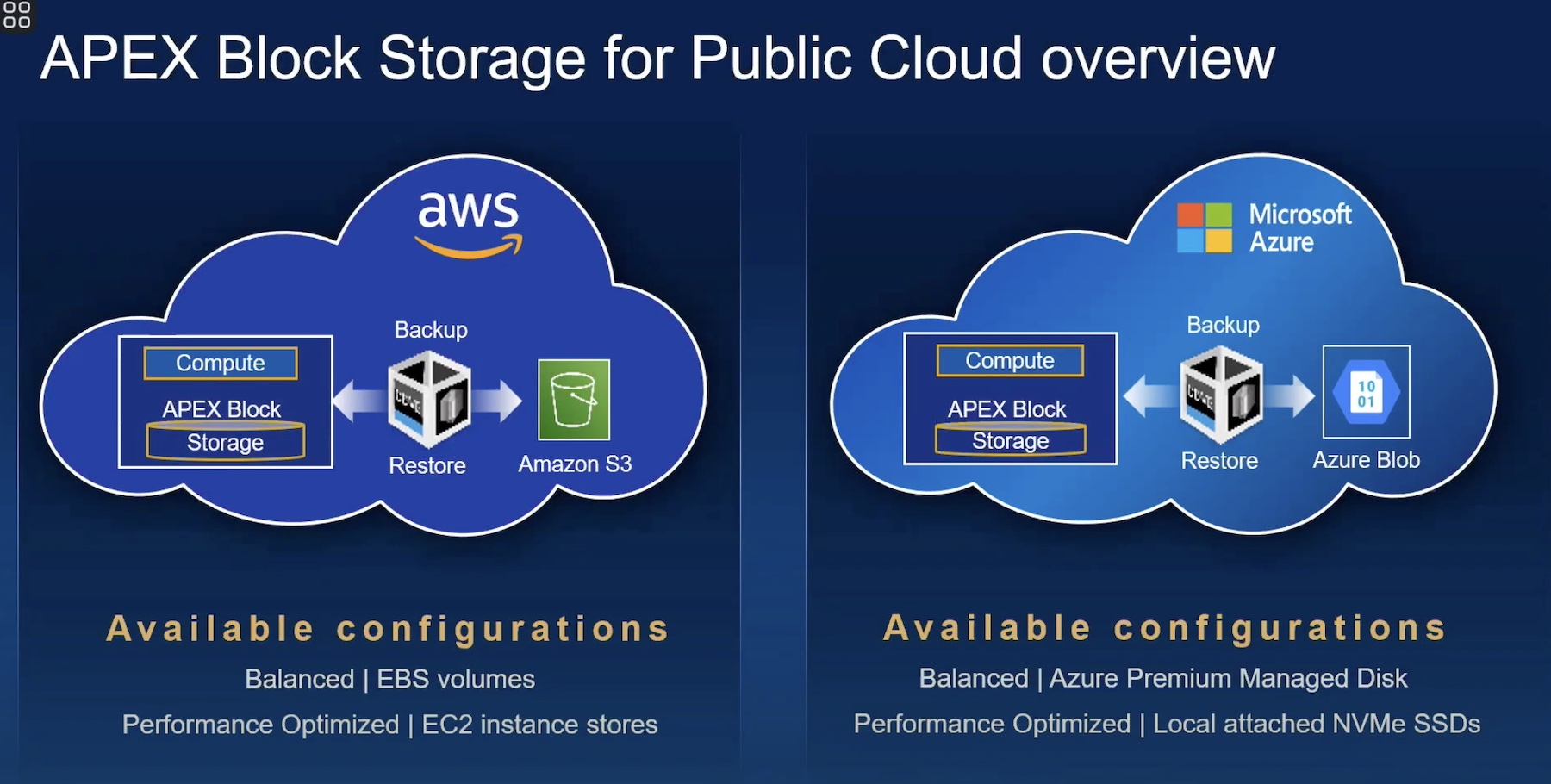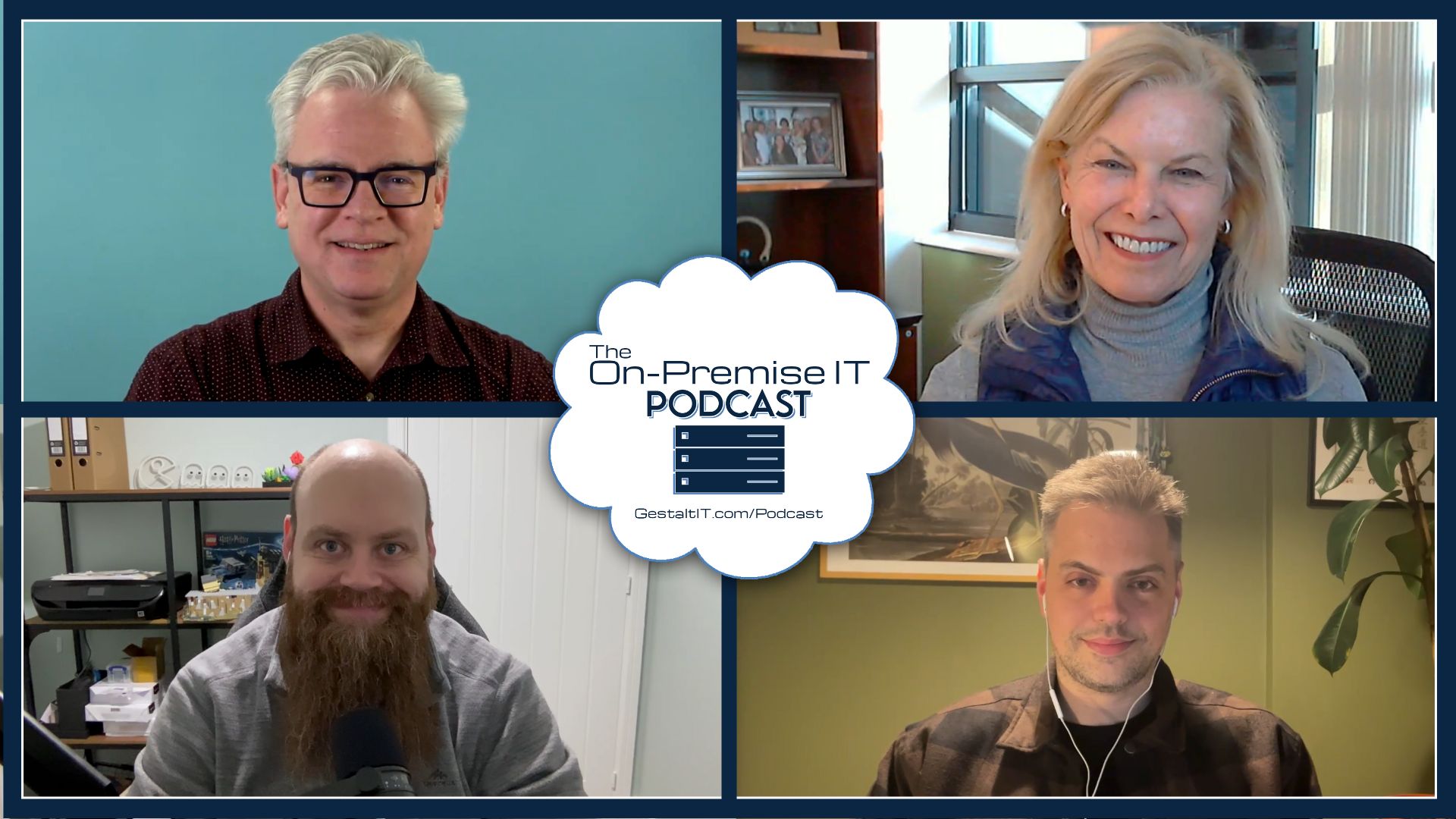When people think “cloud”, they usually think web-native applications. But when enterprise IT hears about cloud, especially from vendors, they’re typically looking at a more-flexible environment for their existing applications. The same is true of so-called hybrid cloud – does it bring the cloud closer to the datacenter or vice versa? That’s why the “inside-out” versus “outside-in” metaphor really helps explain the current state of enterprise IT.

Inside-Out Hybrid Cloud
Most enterprises aren’t using many cloud-native applications. Sure they’ve got Salesforce and maybe Google applications, but most of what they do is pretty old-school. For these businesses, the cloud is unfamiliar and a little scary. What exactly are platforms, microservices, and functions? Can I even run my applications there?
These folks are reassured when their vendor of choice proposes an “inside-out” cloud strategy. They will carefully move applications from the datacenter (“inside”) to the cloud (“out”). And that cloud will be compatible with what’s already inside the datacenter and will run the same applications. Maybe it will even be an extension of the datacenter for DR, development, or new applications.
As you can see, an inside-out cloud really changes everything. There are no microservices or functions, and the only “as-a-service” is infrastructure. Even the orchestration platform changes, since it has to be primarily focused on conventional datacenter applications, not cloud stuff. Their “cloud” is an armored extension, walled off from the public cloud.
And “hybrid cloud” takes on a new meaning too. It’s all about extending the datacenter, not transforming the business. This is where scalable converged infrastructure solutions become “cloud”. And where VMware rules the world. This is why VMware Cloud on AWS is such a compelling offering.
Outside-In Hybrid Cloud
But some companies are in a completely different situation. They are cloud native already, but are becoming dissatisfied with public-only cloud. They want to be able to pull applications back from public cloud and run them elsewhere, whether it’s another service provider or their own infrastructure. Maybe they even want a real cloud of their own.
These companies want to bring the whole world of public cloud (“outside”) into a more controlled environment (“in”). And they’re looking for a totally different hybrid cloud solution. Maybe they’ll try to build their own OpenStack cloud or take the (wiser) path of using a supported solution. Or maybe they’re interested in Amazon’s recently-announced Outposts offering.
Regardless of the solution, “outside-in” companies see everything differently. They want “real cloud” solutions, with orchestration based on Kubernetes, microservices, and Lambda. They wonder what VMware has to do with the cloud. They’re speaking a different language.
Which One is Microsoft Azure? That’s a puzzling question to be explored further.
Stephen’s Stance
Most of my career has been spent in the datacenter, so the “inside-out” approach to cloud makes a lot of sense to me. But the next generation was raised on cloud-native applications and don’t see a lot of value in the conventional infrastructure stack. Even so, they’re starting to consider “outside-in” as costs (and security issues) rise. This is the fundamental dichotomy of the cloud today.




